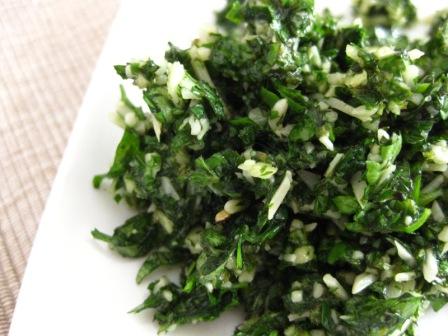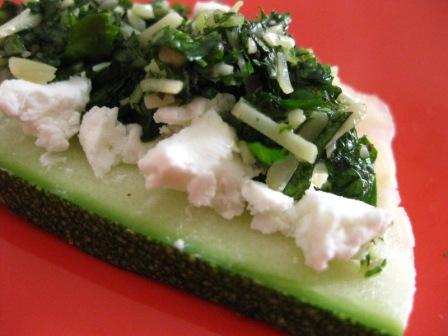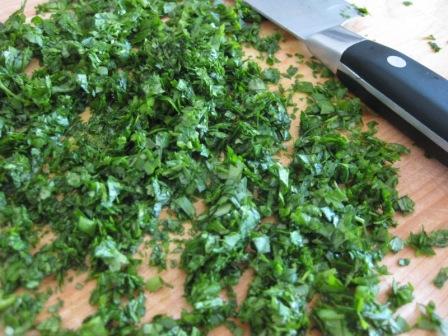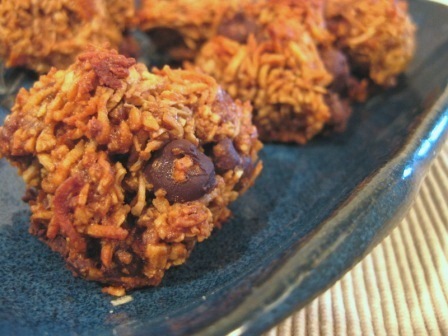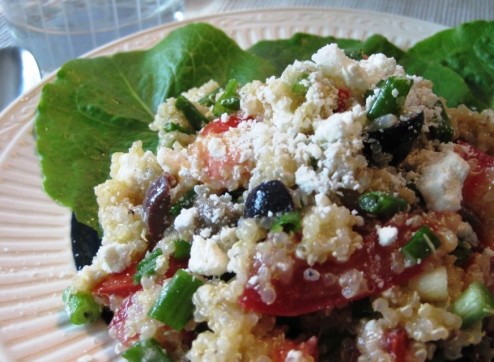
I love eating this light, fresh Israeli staple dish almost every day now that the tomatoes, cucumbers, onions, and parsley are so abundant in the garden. In fact, preparing and eating this particular salad brings me so much joy because almost all of its ingredients come from our garden. I close my eyes and savor each bite, knowing I’m nourishing my body with the very freshest, purest food possible, and that feels so good! Our homegrown vegetables seem so alive and life-giving! I’m very grateful to have them.
Using quality ingredients in this salad will make it shine!…fresh, flavorful vegetables, good olive oil, freshly squeezed lemon juice, unrefined sea salt and freshly ground pepper.
The ingredient amounts below are approximate, and I never measure when making this salad. Adjust the recipe to your liking!
Israeli Cucumber-Tomato Salad
Makes 1 large salad or two small side salads
1 large tomato, chopped (roughly equal to the amount of cucumber used)
1/2 a cucumber, chopped (roughly equal to the amount of tomato used)
1/4 cup chopped fresh parsley (approximately!)
2-4 Tbsp green onion (or substitute a smaller amount of red or white onion), finely chopped
1-2 Tbsp freshly squeezed lemon juice (about half a lemon)
2 Tbsp olive oil
Sea salt / freshly ground pepper to taste
Combine the tomato, cucumber, parsley, and onion; the proportions are up to you, but the recipe gives a rough idea. Drizzle the olive oil and lemon juice over the salad just before serving; I love the zingy taste of lemon so I use equal parts lemon juice and olive oil, but it’s more common to use 1 part lemon juice to 2 parts olive oil. Add salt & pepper to taste!
For packed lunches, I like to mix up the tomatoes, cucumbers, parsley, onion, and ground pepper the night before, and then pack the olive oil and lemon juice in a small glass jar, adding that — along with the salt — at the last minute.
I love mine plain, but you can also serve this with rustic crackers or toasted pita bread.
For a nice variation, add Feta cheese and Kalamata olives! Or, add some cooked quinoa for protein to make it more of a main dish.


